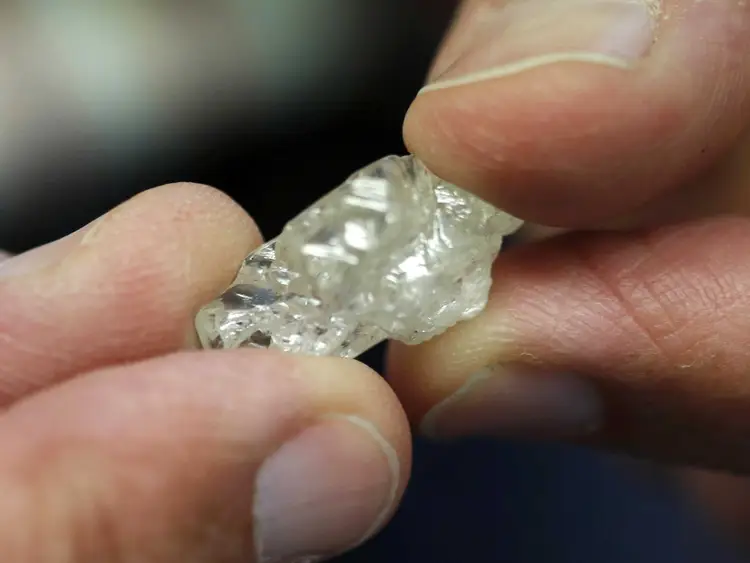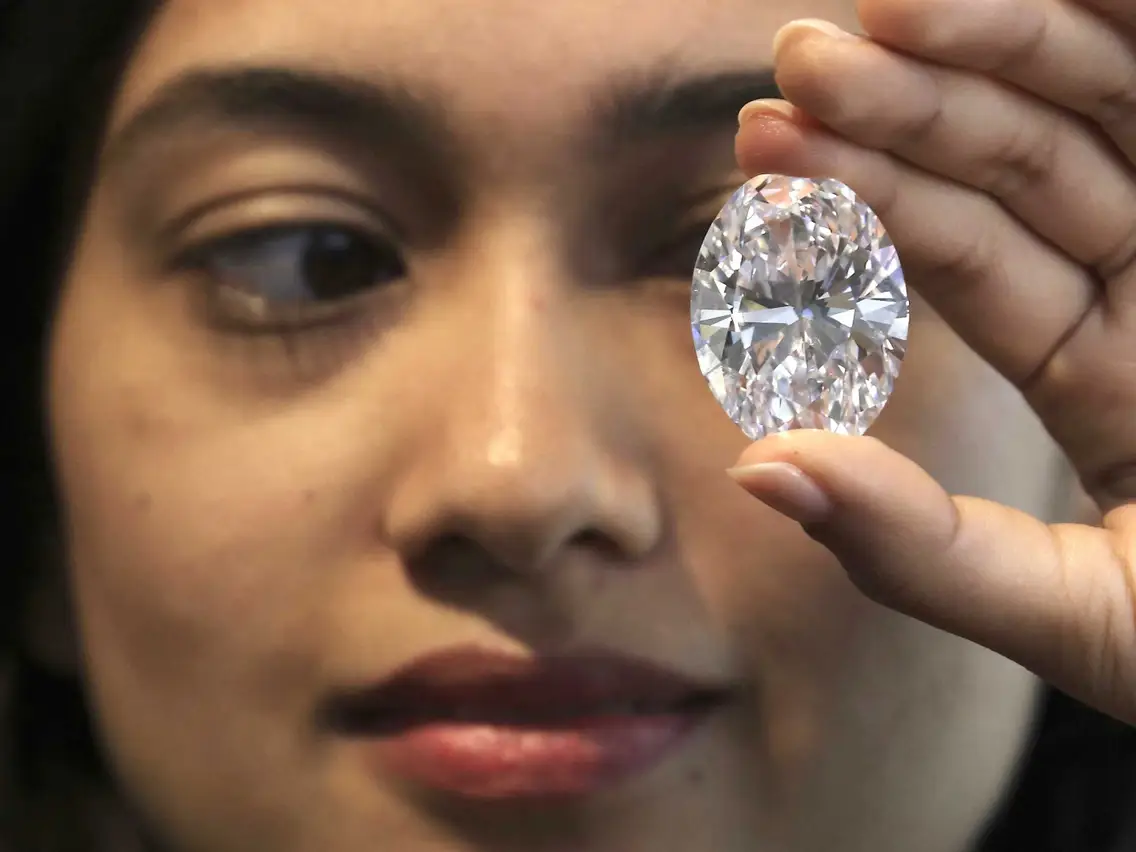Desired by many, a diamond is one of the best-known noble stones in the world. In general, we are talking about a kind of crystal belonging to the category of native minerals. Rough diamonds can be found in mines. However, when extracted, they tend to present a different shape from what we see in jewelry stores – that is, opaque. The shine, however, comes after the faceting. You can buy loose yellow diamonds and other forms of precious mineral.
Nowadays, there are diamonds produced in laboratories. Contrary to what most people believe, they do not consist of modified parts but rather have the same chemical compound as those found in nature. This article will help you understand how to identify a real diamond.

Features of real diamond
- In nature, diamonds can form in different ways. The environment must present very high pressures and temperatures for this to happen. The most frequent mode occurs in the terrestrial mantles, which are located at a depth of 150 km;
- Its structure is formed by pure carbon atoms, distributed in its vertices and only one in its central area. This makes the stone compact and has a high density (3.5g/cm3);
- Diamond has high hardness. According to the Mohs Scale, the stone has a hardness of 10 — the maximum value that the measure can reach;
- It is a stone that cannot be scratched by any other, much less by different materials. Only a real diamond can scratch another;
- Diamond has a high refractive index. Thus, it is possible to obtain an extremely shiny piece after cutting it.
How to identify a real diamond?
But, after all, how to identify a real diamond? Taking this care is even more important because the number of fake gemstones is increasing.
And, given that you don’t want to risk making a mistake during a purchase.
By having the guarantee of acquiring a real diamond, it will be possible to have in hand a valuable jewel made from the best materials on the market. As a result, it can last many years and may even be part of your family’s history.
The good side is that there are different methods that can be practiced by anyone who wants to learn how to identify a real diamond. Here’s a step-by-step guide to help you with this task:
1. Use the breath technique
A straightforward trick to identifying a real diamond is the breath technique. It works like this: you must put the diamond in front of your mouth and let the air out. The process is the same as we do on a mirror or glass when you want to write something on its surface.
If the stone remains cloudy for more than two seconds, chances are it is a forgery. A real diamond is known for its power to disperse heat quickly, preventing the blurring effect for a long time.
2. Consider the metal that comes with the jewelry
You will hardly find diamond jewelry accompanied by low-value metal, such as stainless steel. Therefore, it is always necessary to consider the material where the gemstone is set.
The tip is to look inside the jewelry and identify the carat of the metal. Noble options usually have the following initials:
- 10K;
- 14K;
- 18K;
- 585;
- 750;
- 900;
- 950;
- PT;
- Plat.
On the other hand, if you find the initial CZ of cubic zirconia, it is very likely that the diamond is not real.

3. Keeping an eye on the shine
A real diamond has reflections in gray tones — and is never colored (even colored diamonds). With that in mind, it’s best to pay attention if the stone is analyzed and shows reflections in different colors.
Do not forget that original gemstones have a high degree of refraction. This means that they reflect an intense and unique glow on any side of your gem in front of a good light source.
4. Go to a jeweler
Lastly, the most efficient method to identify a real diamond is to take the jewel to a jeweler. With specific instruments, this professional will be able to perceive the imperfections that only a real stone has. Meanwhile, counterfeit versions are often very well-finished, with minimal flaws.
It is worth noting that these imperfections originate from the natural mining process — technically known as inclusions. As a result, by looking at them with their own tool, the watchmaker can tell if the material has stains or slight color variations.